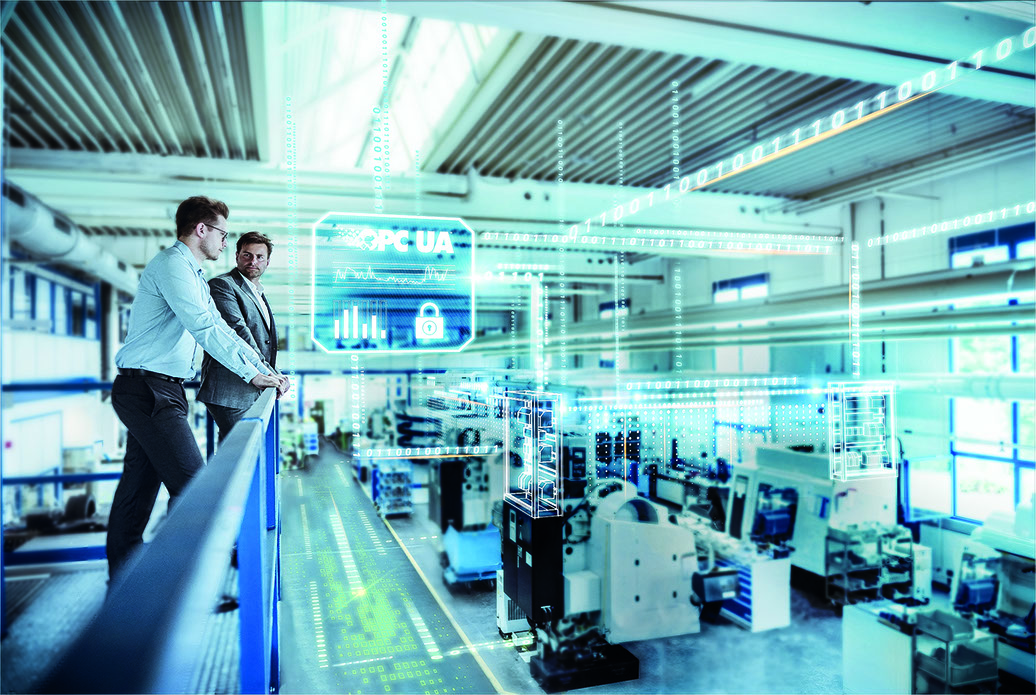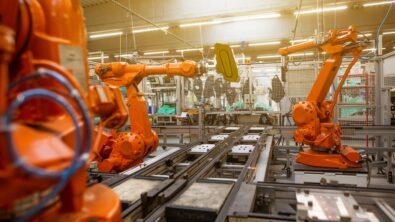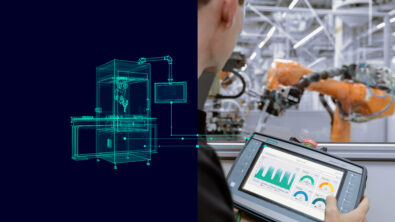Digital Part Production optimizes the modern machine shop

With increasing competition in the manufacturing industry, It’s not an easy task to run a machine shop in today’s economic landscape – customers demand the highest quality with compressed delivery schedules.
It is essential to possess optimum skill levels within an organizations to profit from readily available manufacturing opportunities. Also, there exists technical challenges, including high friction model processing, toolpath creation difficulties, unreliable G-code verification and low reuse levels of machining knowledge. The good news is that modern, digitalized machine shops can address these challenges through groudbreaking automation.
Innovative technologies like Digital Part Production assist to qualify the digital journey for machinists to seamlessly prepare and manipulate CAD application models, developing top-quality automated toolpaths. This process simulates the execution resulting in G-code that standardizes the NC knowledge to reuse across the entire process.
Download the NC Machining Study eBook.
This eBook discusses the following areas:
- Publishing and contextualizing the NC Machining study findings.
- Introducing a network of technologies that address modern machine shop needs.
- Proposing practical recommendations for the next steps.
Using contemporary technologies provides the power and knowledge to address machine shop tool breakage and turnaround times. When unexpected tool breakage occurs, the result is a significant delay in time-to-delivery. Furthermore, unexpected tool wear requires machine shops to resort to manual post-machine quality work, creating further delays. This is crucial to lowering machine times, related to time-to-delivery and affects the machining work, depending on the type of work and the overall process.
To meet customer requirements, parts need reconditioning, causing delays in time-to-delivery – otherwise, they’re scrapped. Parts that are thrown away must be machined using new raw materials, increasing cost without a corresponding rise in revenue. Subsequently, some contracts have financial penalties for exceeding certain return thresholds. So, increasing customer acceptance rates contains many fiscal implications.
Machine shop objectives
A machine shop’s primary objective is to improve operations and increase revenue without over impacting costs, thus making a significant profit. In a 2016 NC Machining Research Study, surveying 215 respondents to assess the strategies and tactics employed in modern machine shops, the explicit focus is on business objectives, standard practices and technologies deployed. So, no one challenge or goal supersedes another, with none exceeding 30 percent. However, there were some common themes among the disparate issues: friction in model import, prep and change. For example, in designing a part, various problems can affect time-to-delivery related to friction and inefficiency both physically and digitally:
- Transferring data between different software (CAD, CAM, CMM) and teams
- Working with demanding customer’s designs and tooling models
- Accommodating internal or external design changes from stakeholders Importing models and gaining solid geometries.
Additionally, changing geometries when preparing toolpath creation, brought on by a model being imported and stripped of its features and parameters, leave a solid geometry without controls. Modifying these models a time-consuming process. Furthermore, over half of machine shops rely on standalone CAD/CAM systems, requiring them to repeat the design process, starting with re-importing the model, fixing it and then re-preparing it for machining.
Modern technologies
The manufacturing landscape is quickly evolving with sophisticated technologies coming to the forefront. 3D printing production is one of these innovations, reducing time-to-delivery. Additive manufacturing, or 3D printing, foresees printing production parts in hours versus merely cutting metal for a day. Amazingly, 37 percent of respondents are experimenting with 3D printing. Also, in robotics technology, 24 percent of respondents are using it for machine tending and CNC machining. It performs operations like trimming, polishing and deburring. These traditional and progressive robotic applications in machining increase automation, provide consistent quality, enabling more significant machining parts in a single setup and extend operating hours.
Achieving the time-to-delivery goal equates to an increase in revenue – not an easy task. There are challenges to this objective: friction in model import, prep and change workflow, making it challenging to prepare a model for toolpaths and accepting the design changes later in the process. However, these groundbreaking technologies are expected to produce higher quality and flexibility using IoT technologies to see a marked improvement.
Machine shop production is a significant challenge, but providing the correct technologies makes it possible and profitable.
Siemens software solutions
Siemens Digital Industries Software drives the transformation to enable a digital enterprise where engineering, manufacturing, and electronics design meet tomorrow with the Xcelerator™ portfolio.
Xcelerator is a comprehensive, integrated portfolio of software, services and an application development platform, accelerating businesses’ transformation into digital enterprises. It unlocks a powerful industrial network effect – essential requirements to leverage complexity as a competitive advantage, no matter the industry or company, to seamlessly create tomorrow’s complex machines.
Related links:
Listen to DPP Podcast01 – an introduction to Digital Part Production
Listen to DPP Podcast02 – highly automated CAM
Listen to DPP Podcast03 – synchronized part production
Listen to DPP Podcast04 – benefits of additive manufacturingTOPICS

